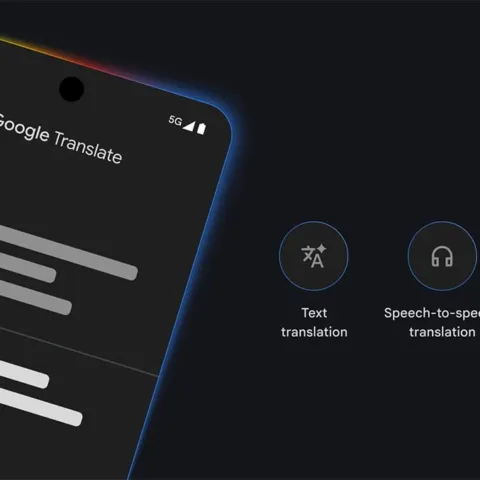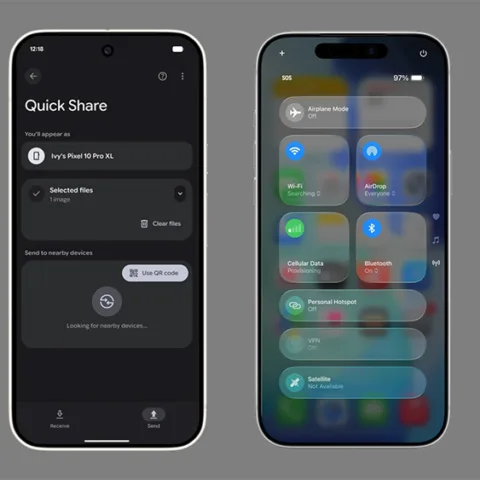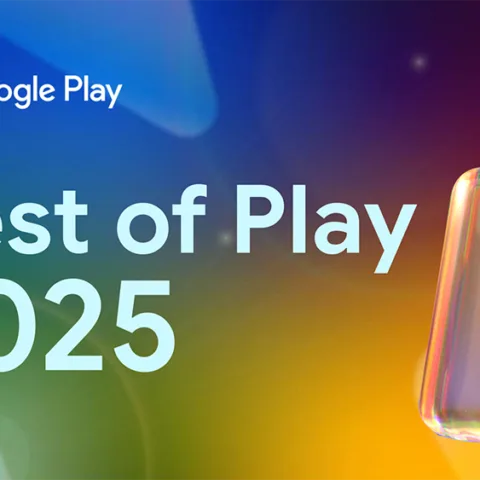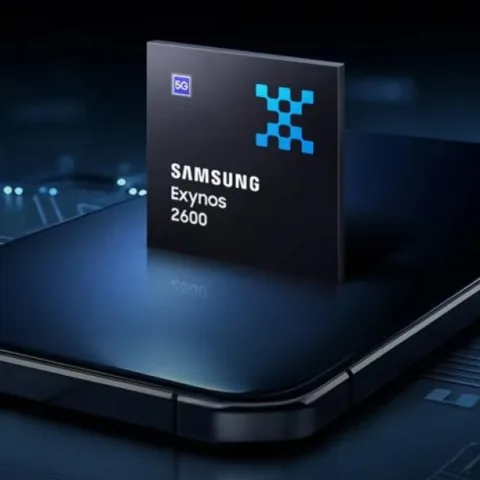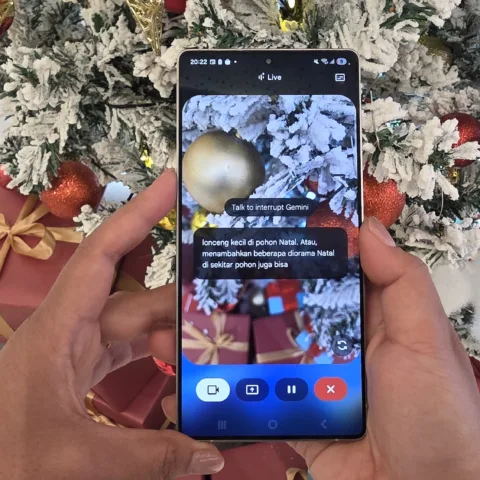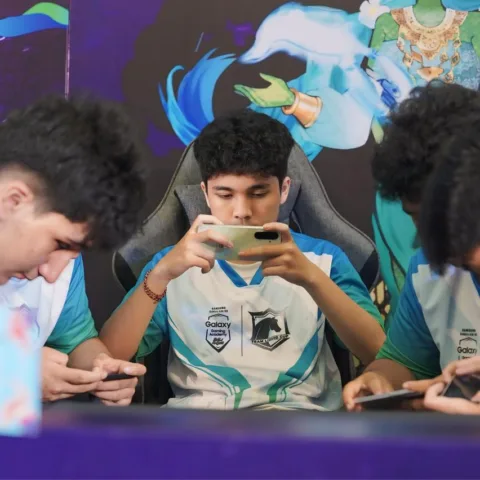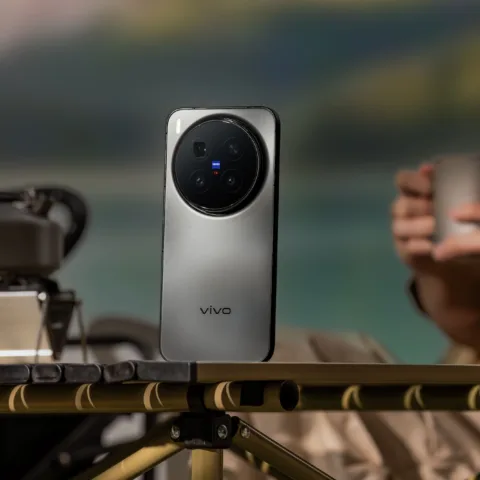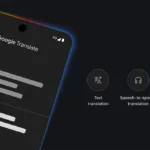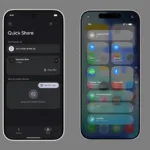Google obviously wants more consumers to go online so it can increase the use of its online service and Jakarta has been chosen as the initial trial city for its WiFi Passport program. Jakarta’s middle class and upwards residents are among the most connected in the world, often carrying multiple Internet enabled devices, mostly active on multiple social networks, yes including Google+, and always complain about terrible data connections from mobile network carriers. Perfect place as a test bed for WiFi Passport.
The way Google has implemented WiFi Passport is essentially similar to how prepaid mobile subscription works. With more than 80 percent of Indonesia’s mobile subscription being on prepaid, this is perhaps the best way the company can subvert mobile carriers in delivering internet access to Indonesian consumers without having to be a mobile carrier of its own.
Perhaps an unintended side effect to WiFi Passport is that foreign visitors to the city who use Android devices won’t necessarily have to pick up a local number when staying for a few days or use expensive hotel WiFi just to get online. They can instead purchase a MOGPlay card from places such as 7 Eleven or Circle K convenience stores or Foodmart and Hypermart supermarkets and enjoy fast and very cheap Internet access during their stay on their Android phones or tablets, provided their areas of activities are covered by participating hotspots.
WiFi as a solution for Lack of LTE
While a number of telcos have been experimenting with 4G LTE, none has had the LTE network operational on a commercial basis. It wasn’t even until last week that the carriers completed the redistribution of the 3G network frequency bands to ensure that all carriers have contiguous 3G bands instead of having them interspersed with other carriers’ bands.
The government is also facing an issue in allowing carriers to deploy LTE since the ideal frequency spectrum, which is 700MHz, will not be available until at least 2017 and the available frequency at 2300MHz is not commonly used by current LTE devices. In the meantime, consumers are having to fight through traffic congestion not only on Jakarta’s or other major cities’ roads but also on mobile networks and Google is not seeing the adoption rate of its services rise as quickly as it would like it to be.
A number of carriers have begun to roll out WiFi offload programs which will take the burden off of their base stations and transfer data connections to WiFi hotspots wherever available. Smartfren, Indosat and Telkomsel are three of the carriers that have visibly rolled out this program although others have also deployed a similar service in a more limited quantity.
Interestingly, Skype also has a Skype WiFi service that it has rolled out in a number of countries around the world and is available on Android, Linux, OS X, iOS, and of course, Windows, through Skype or Skype WiFi apps. The company does not provide the list of hotspots from the website although coverage should be available from within the app. Why Microsoft has yet to make this product more prominent in Indonesia is a bit of a puzzle. This would have at least given them bragging points over Google and would certainly help the adoption of Windows Phone.
Different agendas, similar outcome
Of course, the agendas between the telcos and Google providing affordable WiFi Internet access are clearly different. Telcos are facing increasing Internet usage from their subscribers beyond the capability of their networks and everything is breaking at the seams. The offload to WiFi is to separate Internet-oriented consumers from the voice/sms-oriented consumers and deliver the highest possible service quality for both.
Congestion on cellular networks due to heavy Internet usage does affect service quality on the traditional side, therefore it is to the carriers’ (and consumers’) advantage to offer an alternative channel.
Back in 2010 we had a chat with Google Southeast Asia product manager Andrew McGlinchey, and again in 2011 during Social Media Festival. At both times McGlinchey mentioned that Google wanted to do something significant for Indonesia and that it dropped the ball with regards to embracing Indonesian consumers. The company desperately wants for rectify that.
The company began slowly by making small product-related events but now that it has established a significant presence in the country and implemented large initiatives such as Business Go Online, YouTube Partnerships, Google+ deployment, and the fact that Android has become the number one platform in the country, plans to deploy more Google services and increase usage will require a far greater Internet adoption by the population and faster and more stable Internet access in major consumer areas.
Google everywhere
Google has already made Google Books available to Indonesian consumers. It is also rumored to be in talks to bring Google Music to the country and who’s to say it won’t bring Google Movies as well? All of Google’s services require fast and stable Internet connection and as the old saying goes, if you want to get things done, you gotta do it yourself.
Now, WiFi Passport isn’t Google’s own project. As Google Indonesia’s head of communications Vishnu Mahmud told DailySocial, “At this moment the WiFi Passport app is a part of a project with partners iPass, Indomog, CBN, and IBS to explore ways that paying customers could easily roam between partners’ WiFi networks”. At this moment. In the future, who knows how much further will Google’s technologies be implemented or embedded to boost this country’s Internet connectivity?

